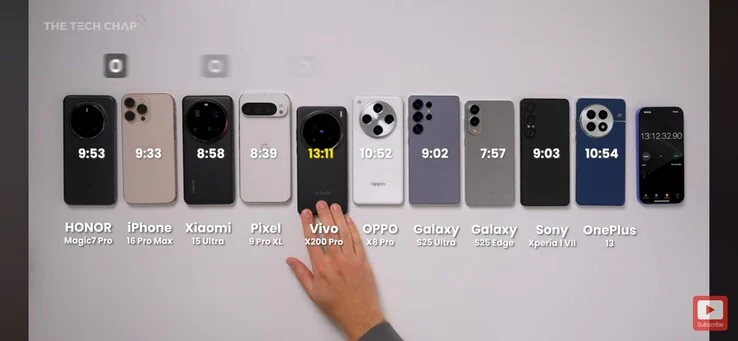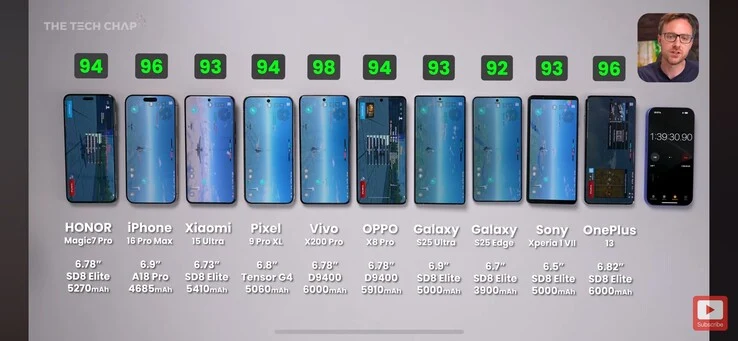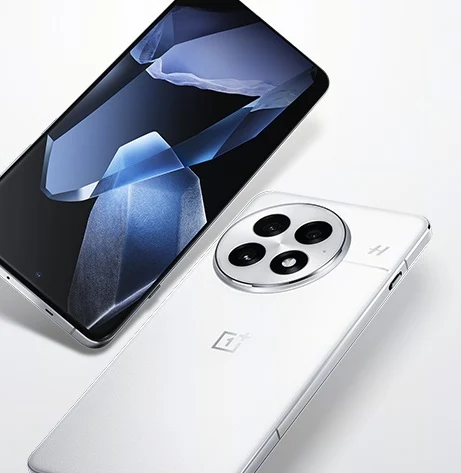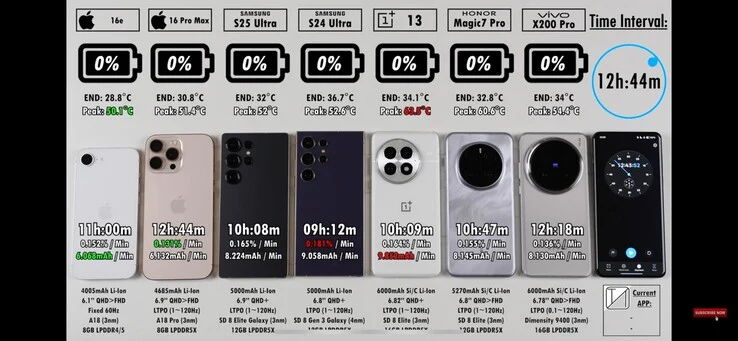Key Takeaways
1. The Galaxy S25 Edge has a 3,900 mAh battery, which is smaller than competitors, leading to shorter battery life.
2. In a battery endurance test, the Galaxy S25 Edge lasted 7 hours and 57 minutes, ranking last among flagship smartphones.
3. The iPhone 16 Pro Max, despite being known for good battery life, placed fifth with a run time of 9 hours and 33 minutes.
4. The Galaxy S25 Edge matched the iPhone 16 Pro Max’s efficiency, achieving 8.2 mAh per minute, ranking second in this category.
5. The most efficient device in the test was the Vivo X200 Pro, while the Xiaomi 15 Ultra had the lowest efficiency at 10.1 mAh per minute.
The Galaxy S25 Edge has made a notable sacrifice when it comes to battery life. This 6.7-inch smartphone is equipped with a modest 3,900 mAh battery. While it operates reasonably well, a recent battery endurance test has revealed how it compares to other high-end smartphones.
Battery Endurance Test Results
In a comparison conducted by The Tech Chap on YouTube, the Galaxy S25 Edge was tested alongside other flagship models, such as the Xiaomi 15 Ultra, Pixel 9 Pro XL, OnePlus 13, and iPhone 16 Pro Max. Unsurprisingly, the Galaxy S25 Edge came in last place, achieving a total run time of just 7 hours and 57 minutes. This can be attributed to its smaller battery, especially since all other Android devices in the test had batteries with a minimum capacity of 5,000 mAh.
Interestingly, while Apple tends to lead these tests, the iPhone 16 Pro Max landed in fifth place, relatively average, with a run time of 9 hours and 33 minutes. The full results are as follows:
Efficiency Rankings
When looking at performance in terms of mAh per minute, the Galaxy S25 Edge actually performed quite well. It matched the iPhone 16 Pro Max’s efficiency of 8.2 mAh per minute, placing both phones second in this category. The Vivo X200 Pro was the most efficient at 7.6 mAh per minute, while the Xiaomi 15 Ultra had the lowest efficiency at 10.1 mAh per minute.
Other devices ranked by efficiency, from best to least efficient, include the Honor Magic7 Pro at 8.9 mAh per minute, the Oppo Find X8 Pro at 9.0 mAh per minute, and the Galaxy S25 Ultra, Xperia 1 VII, and OnePlus 13 all at 9.2 mAh per minute. The Google Pixel 9 Pro XL rounded out the list at 9.7 mAh per minute.
Source:
Link







